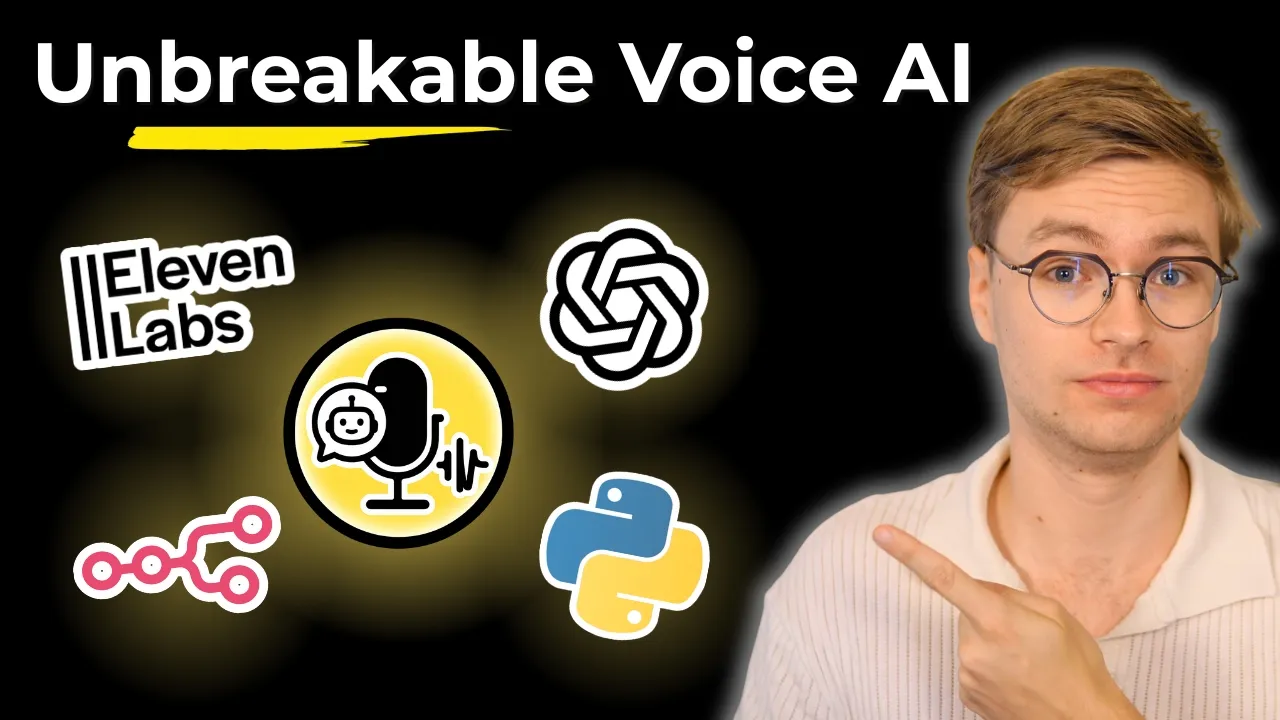Voice Agents with Real-Time Tool Integration
The next wave of voice AI does more than talk. It books appointments, updates records, and runs diagnostics mid-call. That power creates risk when the agent improvises. In the video, the unsupervised agent ignored a frustrated caller because it stuck to the script. Give that agent direct API access and the failure multiplies. The moderator loop adds the guardrails that make real-time tool integration safe.
Why Tool-Enabled Voice Agents Need Oversight
Once a voice agent can hit CRMs, calendars, or billing APIs, every mistake becomes a data problem. A single prompt cannot reason about authentication, rate limits, and side effects while keeping empathy intact. The model issues the wrong update, books appointments twice, or leaks information. That is how trust collapses.
Pairing the agent with a moderator that shares the same system prompt keeps each action grounded. In the demo, the moderator nudged the agent to acknowledge frustration and capture improvement ideas. Applied to tool integrations, it validates the checklist, reviews tool outputs, and only approves follow-up when the response aligns with policy.
Build the Tool Integration Checklist
Define the checkpoints before and after every API call:
- Pre-call validation: user identity, permissions, intent clarity, and required parameters
- Execution guardrails: endpoint selection, timeout handling, retry logic, and error messaging
- Post-call confirmation: summarizing results, logging reference IDs, and confirming next steps with the caller
Encode this checklist in the shared prompt so the moderator can block unsafe actions. When the agent attempts to schedule without verifying availability, the moderator suggests a clarifying question instead of firing the request. This mirrors the disciplined approach from AI Agent Development Practical Guide for Engineers.
Keep Conversations Human While Automating Actions
Real-time integrations should feel like a capable assistant, not a rigid script. The moderator protects that tone by coaching the agent to:
- Narrate what it is doing so callers feel informed
- Confirm critical details before committing changes
- Offer a human handoff when the requested action falls outside safe automation
Those cues transformed the demo call, and they keep tool-enabled experiences transparent.
Instrument the Full Loop
Structured transcripts combined with tool logs create a rich dataset. Product teams can monitor task success, ops leaders can balance automation and human labor, and security can audit every action. Tie those metrics into AI Agent Evaluation Measurement Optimization Frameworks to track execution accuracy, error rates, and sentiment.
Deployment Strategy
Start with a single integration such as scheduling or knowledge retrieval. Pilot the moderated agent, review coaching logs with API owners, and refine the checklist until both teams trust the loop. Gradually add new tools and expand to multi-step workflows, keeping rollback plans and human overrides ready. Maintain an updated playbook using AI Agent Documentation Maintenance Strategy.
Next Steps
Watch the video walkthrough to see how the moderator packages checklist status, coaching, and suggested prompts. Then extend that oversight to your tool-enabled voice stack. Inside the AI Native Engineering Community we share integration templates, runbooks, and testing harnesses. Join us to deploy voice agents that take action confidently.

